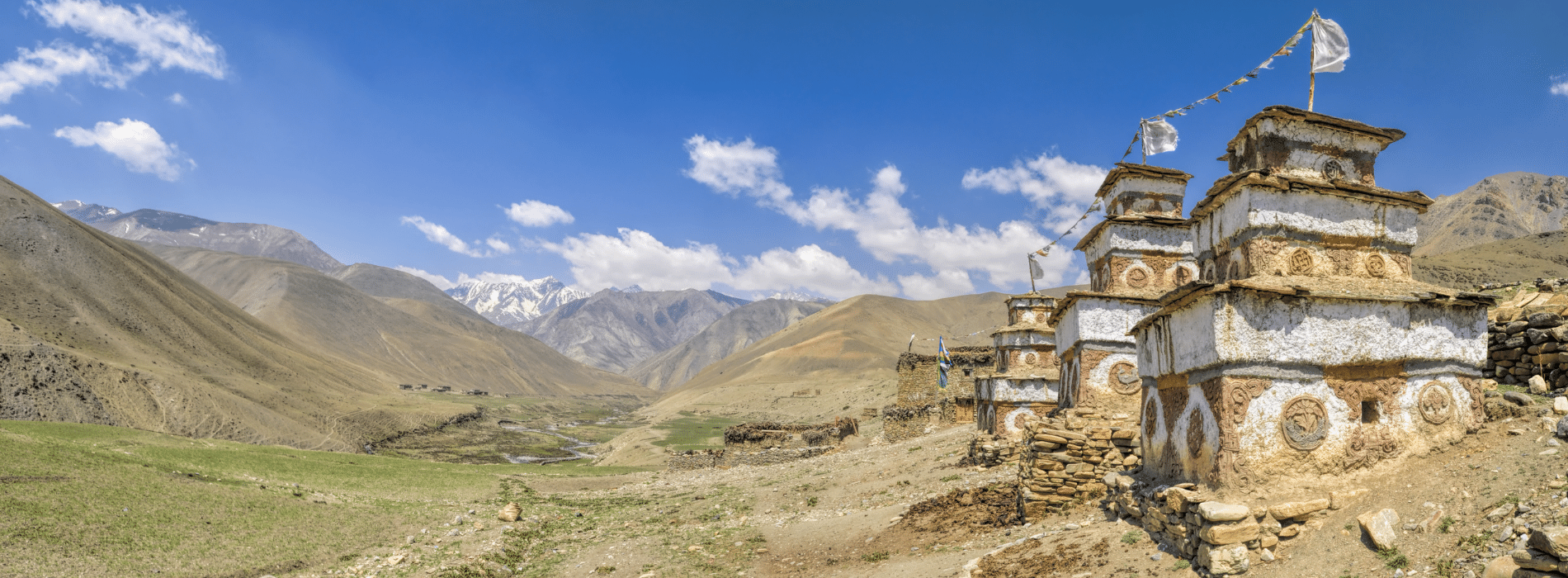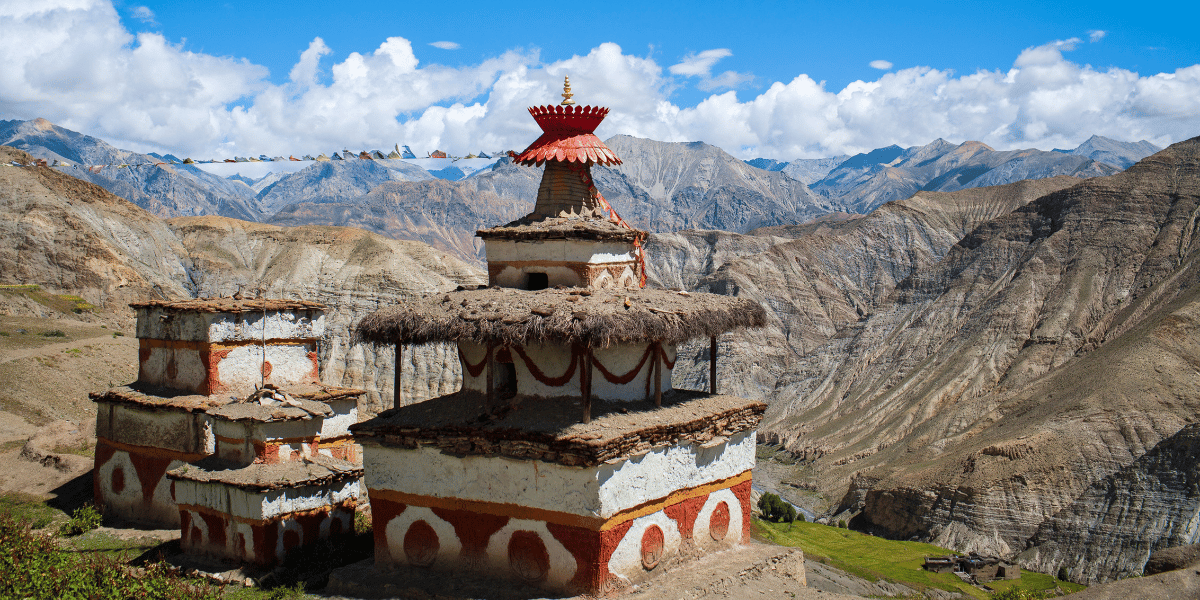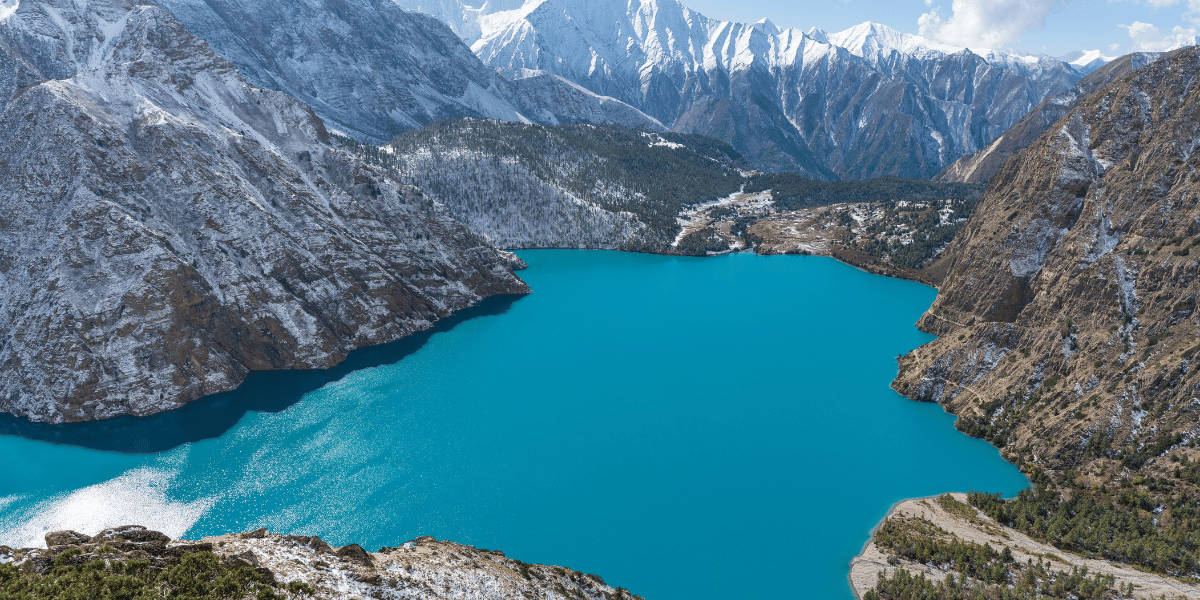Nepal's Dolpo Region is one of the most remote and beautiful places to go hiking. It's a real "off the beaten path" experience. The Dhaulagiri Range is to the south and east of Dolpo, and the Tibetan Plateau is to the north. Dolpo is in the middle west of the country.
Dolpo is so far away that trekking there is like going back in time. The customs and way of life there haven't changed much over the centuries. Foreigners haven't been able to visit the area since 1989, which has helped keep its unique culture alive. Usually, the trip starts with a flight from Kathmandu to Nepalgunj. Then, there is a short, beautiful flight to Juphal, which is where the trek begins.
One of the most beautiful places in Dolpo is the Phoksundo Lake, which is Nepal's deepest and second-largest lake. The water is a beautiful turquoise blue, and there are steep cliffs and woods all around it. Nepal's biggest national park, Shey Phoksundo, is a great place to see many kinds of animals, including the hard-to-find snow leopard.
A lot of the trekking route follows old tracks that were once used for trade between Nepal and Tibet. There are green pastures and fertile valleys, as well as dry landscapes that remind me of the Tibetan plateau, that these tracks go through. Trekkers can also visit traditional villages like Ringmo and see how the Dolpo people live. The Dolpo follow a type of Tibetan Buddhism that is mixed with shamanistic beliefs.
The Dolpo region was also the setting for the Oscar-nominated movie "Himalaya" (also called "Caravan"), which shows off the area's beautiful scenery and rich culture.
Trekking in Dolpo can be hard because many of the trails are above 4,000 meters and there isn't much infrastructure. Trekkers need to be able to take care of themselves and be ready for how hard the trip will be. The weather is most stable in the fall, which is the best time to come. However, some routes can also be used during the summer monsoon season.
Australians who want to discover Dolpo have to put in a lot of time and work to get ready, but the reward is an unforgettable journey into one of the world's best-preserved mountain cultures and landscapes. This activity gives you a strong sense of being alone and a closeness to nature.


 Adventure
Adventure
 Couple
Couple
 Family
Family
 Luxury
Luxury
 Motorbike
Motorbike
 Photography
Photography
 Wildlife
Wildlife
 Yoga
Yoga
 Annapurna
Annapurna
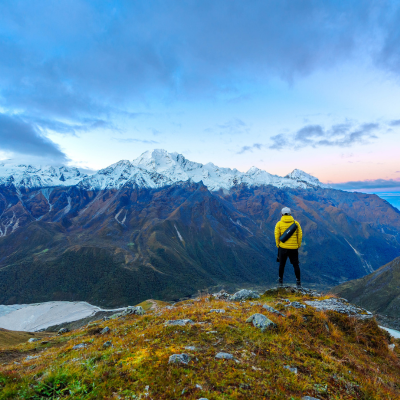 Langtang
Langtang
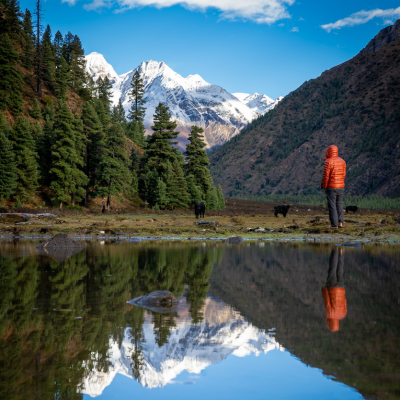 Dolpo
Dolpo
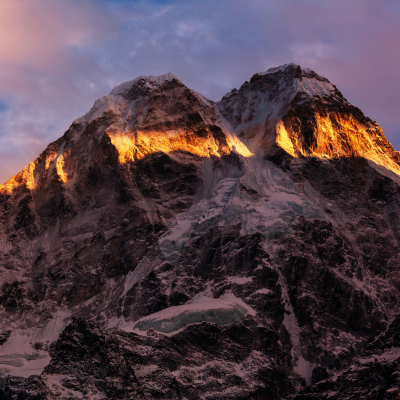 Eastern Nepal
Eastern Nepal
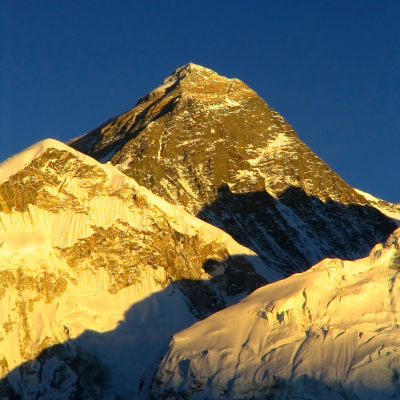 Everest
Everest
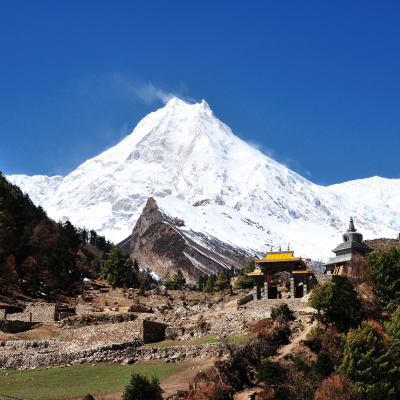 Manaslu
Manaslu
 Western Nepal
Western Nepal
